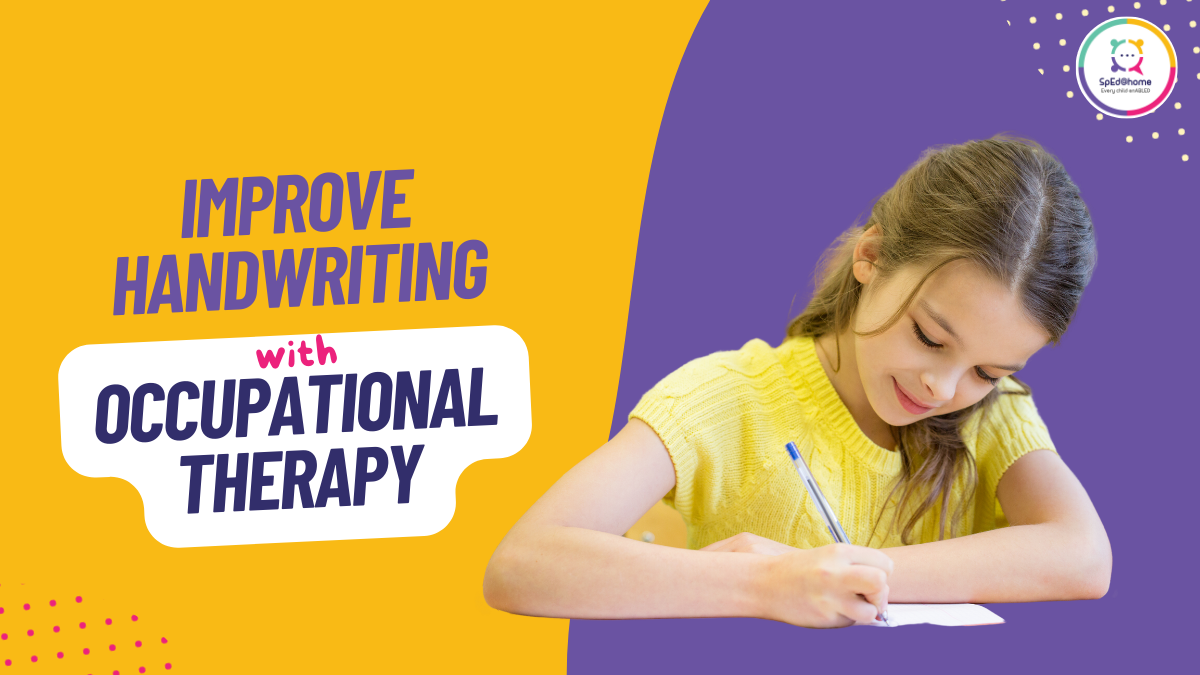Handwriting is a fundamental skill that plays a vital role in education, communication, and daily life. For some individuals, however, difficulties in handwriting can impede their academic progress and self-confidence. This is where occupational therapy (OT) steps in, offering targeted interventions to improve handwriting and unlock the potential of fine motor skills.
Understanding the Importance of Handwriting
Handwriting serves as a crucial foundation for learning, aiding in cognitive development, memory retention, and the expression of ideas. It also enhances fine motor skills, hand-eye coordination, and spatial awareness. Consequently, occupational therapists recognize the significance of addressing handwriting difficulties to ensure individuals can achieve their full potential.
Assessing Handwriting Challenges
Occupational therapists begin by conducting comprehensive assessments to identify the specific challenges faced by individuals in their handwriting. These assessments evaluate areas such as letter formation, spacing, sizing, line alignment, and overall legibility. By understanding the underlying factors causing difficulties, therapists can tailor interventions to address each individual’s unique needs.
Book an Occupational Therapy Assessment today!
Developing Fine Motor Skills
Occupational therapy interventions aim to improve handwriting by focusing on enhancing fine motor skills. These skills include hand and finger strength, dexterity, coordination, and control. Therapists may employ various activities such as finger exercises, grasping objects of different sizes and textures, and using tools like tweezers or clothespins. These activities target the muscles and movements necessary for efficient handwriting, promoting better pencil control, and letter formation.
Sensory Integration
Sensory integration techniques are an integral part of occupational therapy for handwriting improvement. Sensory input, such as tactile, proprioceptive, and visual stimuli, plays a crucial role in handwriting. Occupational therapists incorporate sensory-rich activities into therapy sessions to enhance sensory processing and integration, helping individuals better perceive and respond to sensory information. This, in turn, facilitates improved motor skills and handwriting performance.
Environmental Adaptations and Assistive Technology
Occupational therapists also explore environmental adaptations and assistive technology solutions to support individuals with significant handwriting challenges. These may include using adaptive writing tools, modified paper, and alternative positioning strategies. By optimizing the physical environment and providing appropriate assistive devices, therapists empower individuals to overcome obstacles and succeed in written communication.
Occupational therapy serves as a valuable resource for individuals struggling with handwriting difficulties. By addressing fine motor skill development, sensory integration, and utilizing environmental adaptations, occupational therapists help individuals unlock their potential and improve their handwriting skills. This not only enhances academic performance but also fosters self-confidence and independence in daily life.












